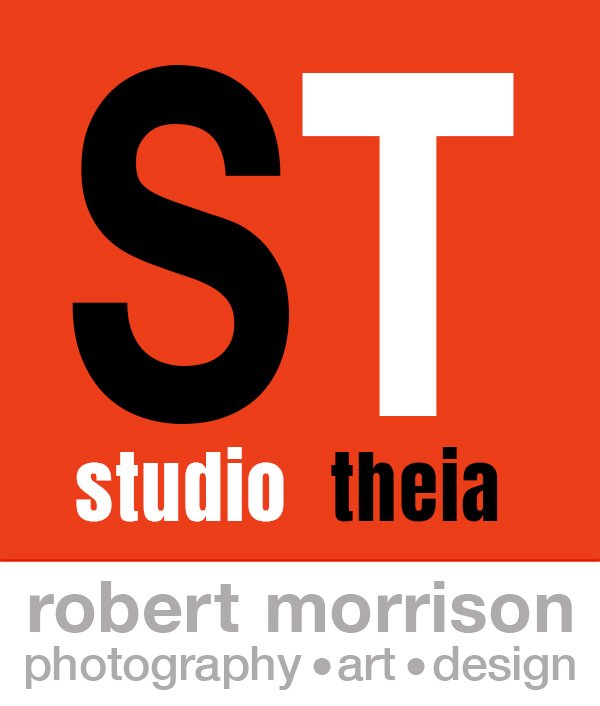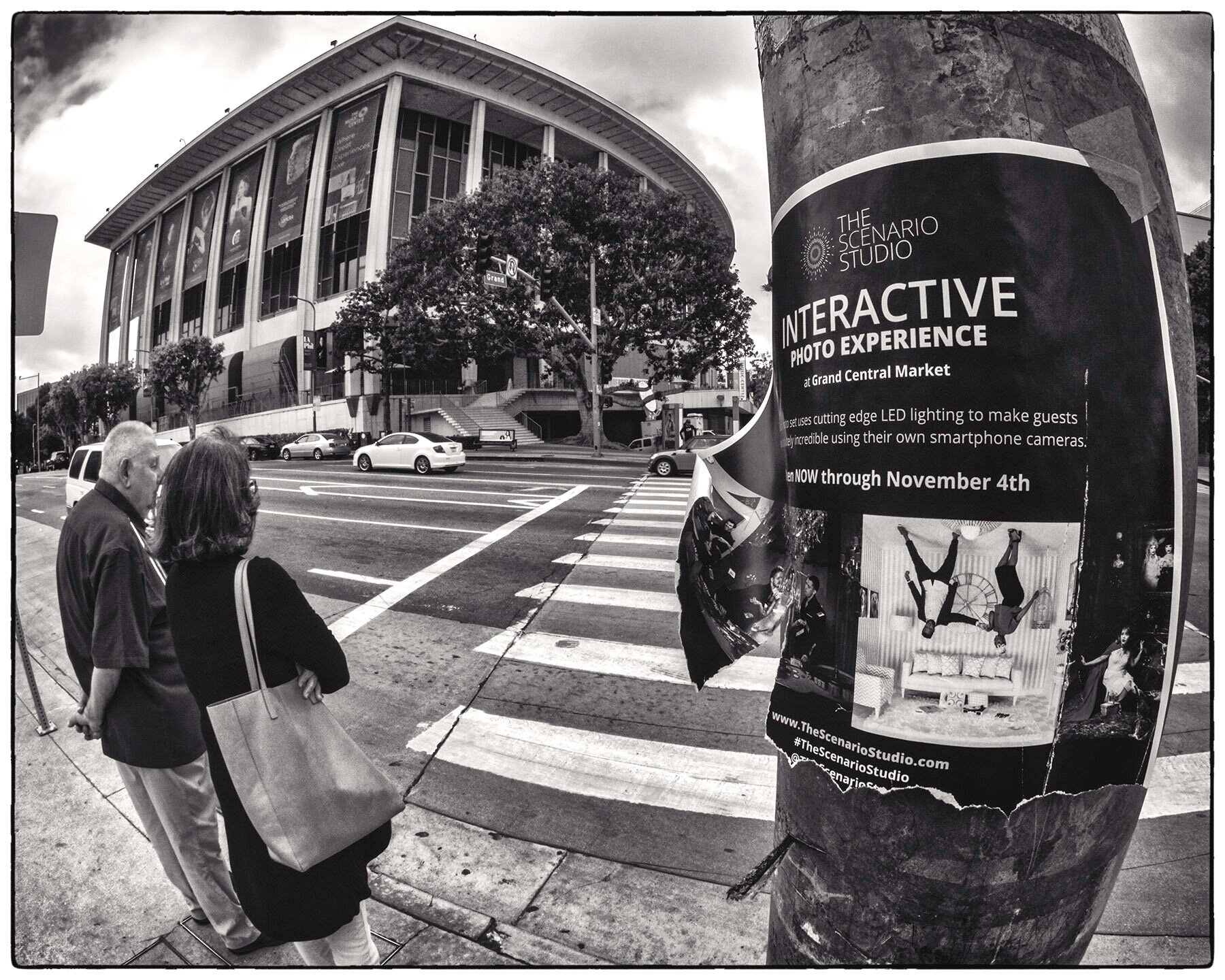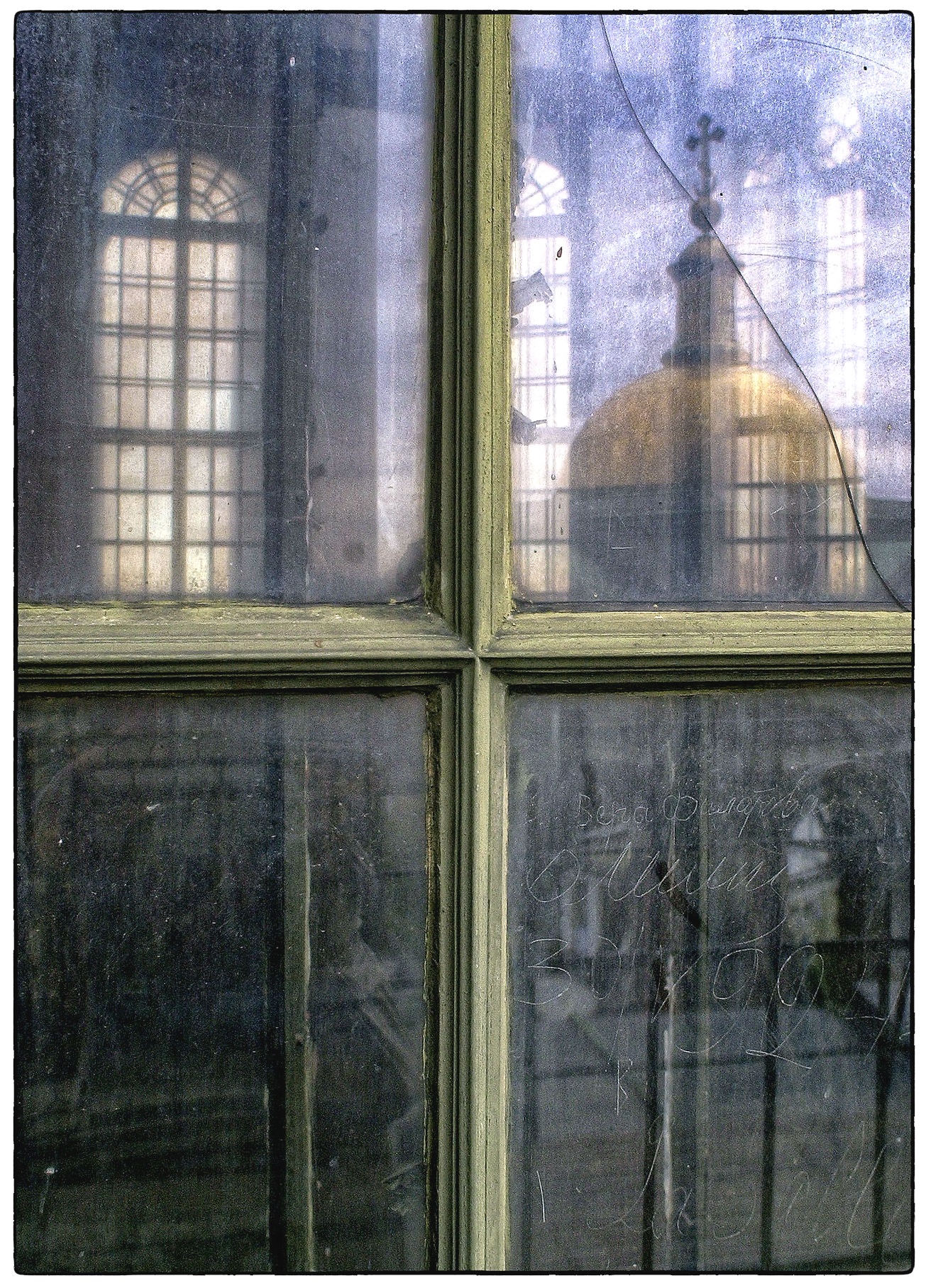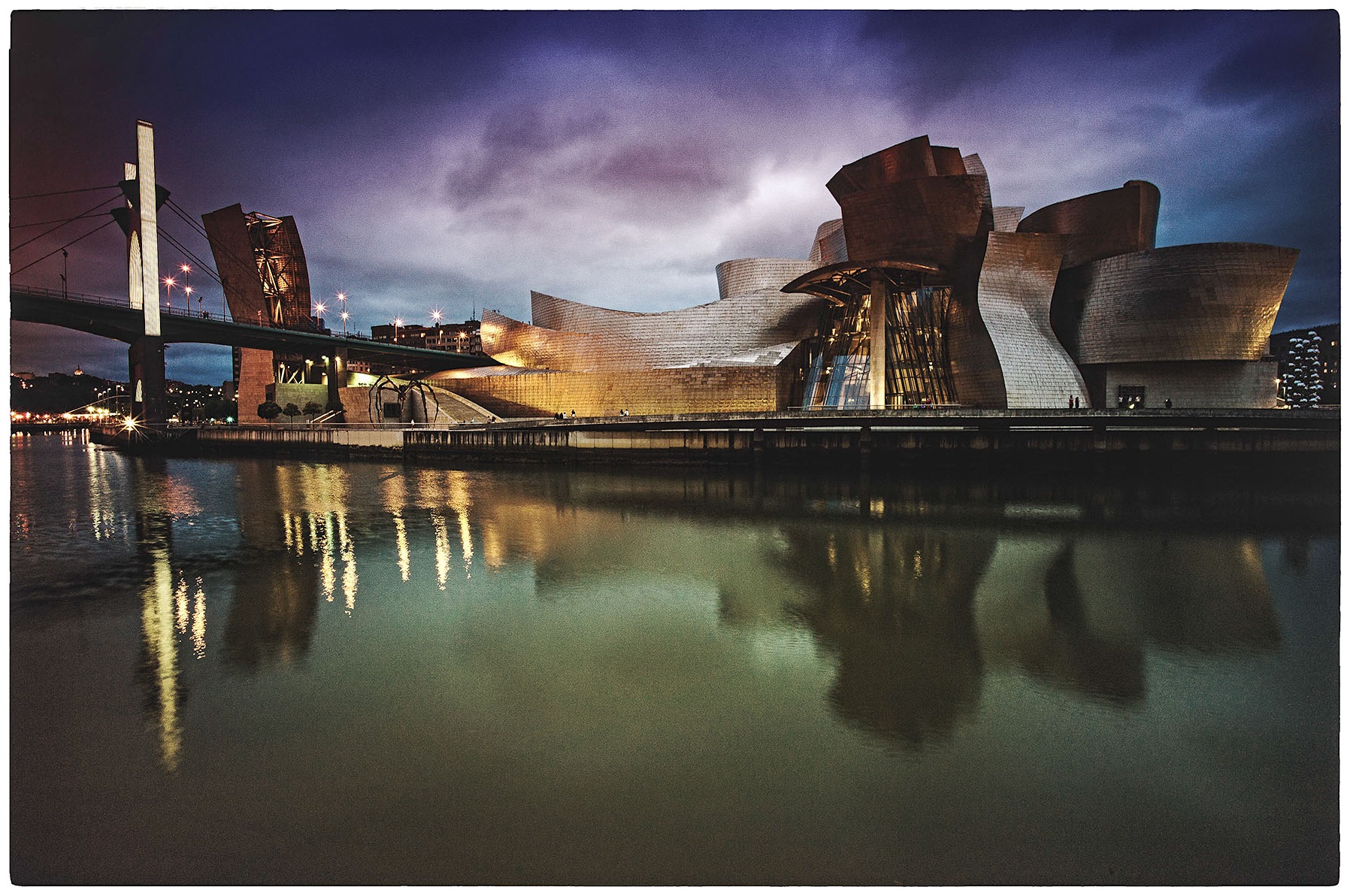In March of 2001, my best friend and I went to Manhattan to celebrate our birthdays. I'd been going to NYC a few times a year for the past decade to visit galleries while I was working as an artist and I knew the city and subways well. But I'd moved on from that phase of my life and was now in graduate school, living in Los Angeles. Now going to New York was about academic conferences and binging on theater and jazz, and most of all staying with my beloved 75 year old truth teller Sonya, on the upper west side.
One night after a play near Columbus Circle we took the subway to Soho for a nightcap. Coming up from the No. 9 station on Houston I quickly decided which way to walk when we hit the street. We walked about a block when a woman stopped us and asked which way to the World Trade Center. I confidently told her to turn around, and in a block she could “Take the No. 9,” which ended at the World Trade Center. She smiled, thanked me, and was gone. A satisfied look on my face, we kept walking. A couple blocks later there was a gap in the buildings and I saw the Twin Towers clear in the night sky. Suddenly I realized we were walking the wrong way. We shared a knowing look, turned around, and were quiet for the rest of the night as we sipped martinis and listened to jazz.
Off and on in my life I’ve struggled with anxiety. In spite of the amazing weather in LA near the beach I found it incredibly difficult to get out of bed in the morning. Everything was okay if I just started doing something, but it would be many years before I learned the power of Vinyasa, linking breath to movement, and then the dread of the start would keep me paralyzed sometimes for hours. My mentor said "do less and care less," my therapist chuckled at the suggestion, but I was learning how to lead in a new world, and it was hard.
The day after being lost in Soho I flew back to Los Angeles and I called my muse Marlene and asked if she could do a shoot later that afternoon when I got back from NYC. We spent three hours in her loft as she threw herself out of bed over and over again from stillness to motion, with no idea where she would end up. I watched with my camera and flash trying to understand her courage, to feel it more than just on film or sensor.
Rehearsal and catharsis.
And then six months later they were gone: The Twin Towers, The No. 9, and of course our victory in surviving the cold war. When Dylan sung “With God on Our Side” the children of the cold war all knew to whom he was referring, and somehow the final war never came and we were alive. But we didn’t know, and we didn’t survive.
I heard when my mother-in-law called to see whether we were alright living just 5 miles from LAX. Groggy and not really understanding I threw myself out of bed to get my oil changed. The TV in the dealer's showroom, that surreal video. Peaceful floating and fire. I called my wife to tell her what I had seen. The Towers and the No. 9 were gone. What of Sonya, busy signal. Was the woman that night on Houston also gone? Had she taken the No. 9? Had she found what she was looking for?
I hadn't even looked at the photos of Marlene after we shot, the watching was what I needed in the moment, but now I needed more. Bush started a war while I spent nights collaging: collecting and arranging moments to make meaning of anything, looking for a woman who needed directions, wondering what I would say if she found me. In the confusion of calamity Take the No. 9 was born.











